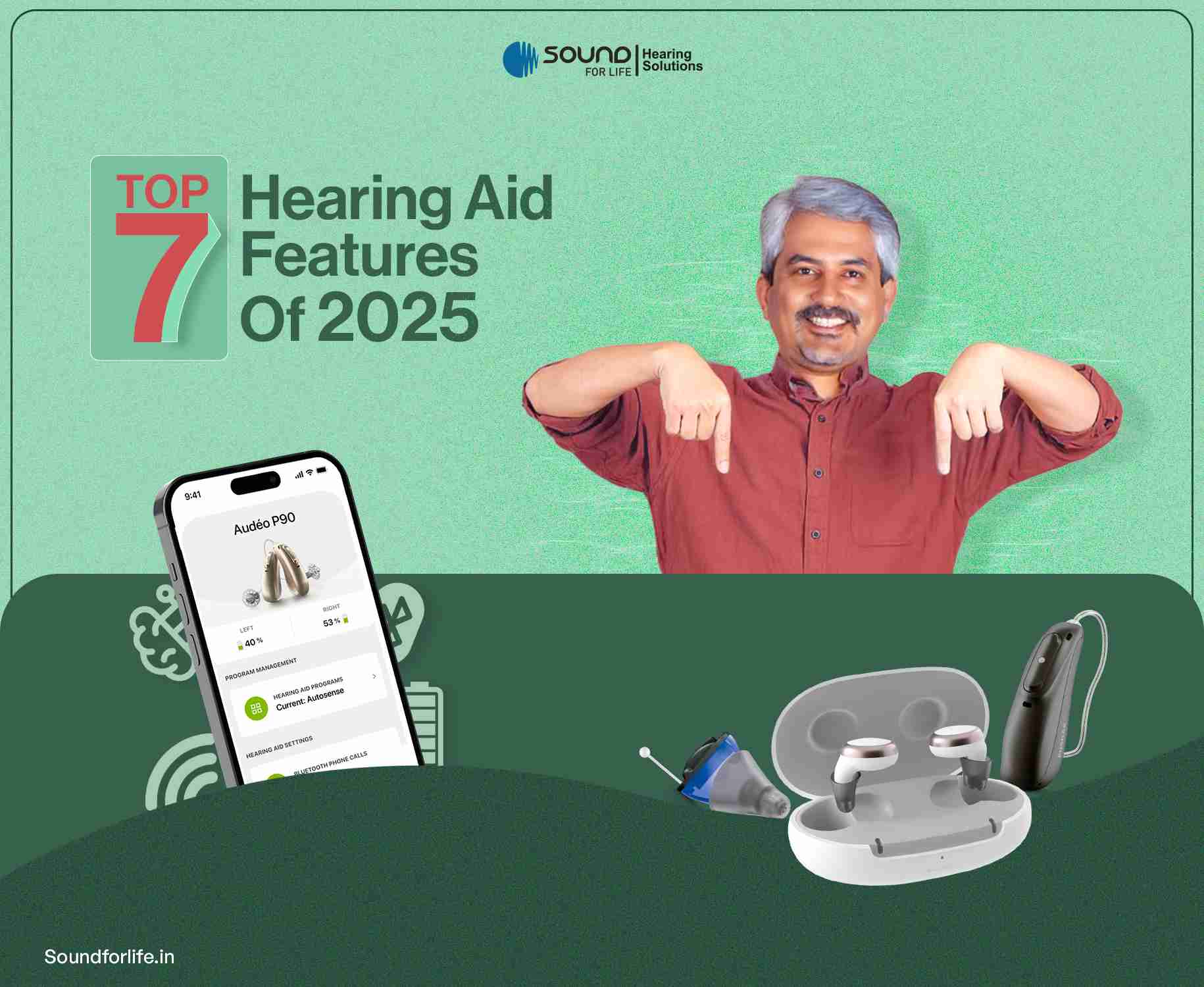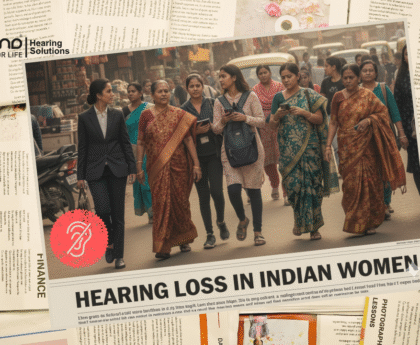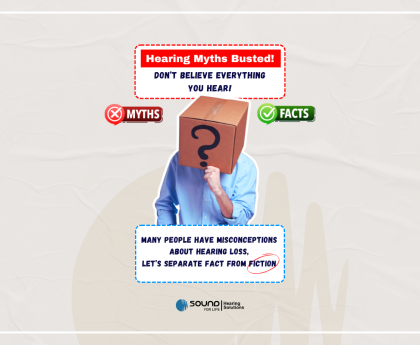Hearing aids have advanced technically, over the past few decades. Gone are the days of large, bulky, uncomfortable devices that did little more than boost sounds. The technology for hearing aids is more sophisticated than ever in 2025, with amazing capabilities that genuinely change people’s perceptions of the world. If you or a loved one is using a hearing aid, you will be thrilled to know about the latest advancements that are making a significant impact on daily life.
Let us explore the top seven characteristics of 2025 hearing aids that are improving people’s lives are as follows:

1
24-Band Equaliser: This technology allows hearing care professionals to precisely adjust hearing aids to each individual’s unique hearing loss at different frequencies. This precision is made possible by applying different amplification levels to different frequency areas. Some hearing aids that have 24 adjustment bands inside of their programming software include the Odon intent 1 and the starkey edge AI 24s. Real ear measurement is necessary to ensure that the equaliser bands are appropriately tailored to the prescription for hearing loss.
2
Bluetooth LE Audio and Auracast: Inspired by the hearing aid industry, Bluetooth LE audio offers better sound quality than previous Bluetooth versions, even at lower bit rates, while also reducing battery drain. Auracast broadcast audio will allow public venues to broadcast audio directly to hearing aids, replacing hearing loops and telecoils. Venues like churches, museums, and sports bars can use Auracast transmitters to send audio directly to hearing aids. Hearing aids compatible with Bluetooth LE audio and Auracast include Odon Intent, Signia, Starkey Edge AI, Resound Vivio, and Phonak Infino.
3
Deep Neural Network (DNN) Trained Hearing Aids: In these hearing aids artificial intelligence is used to distinguish between background noise and speech clarity. They learn from millions of sound samples to determine what you want to hear, much like a human brain that has been educated. With Deep Neural Network (DNN) technology, conversations become easier as it improves sound clarity by 10 to 13 dB compared to the 5 to 6 dB that conventional hearing aids, particularly in busy, noisy places like restaurants and public areas. This invention reduces strain and improves the comfort of daily living by making hearing feel more natural.
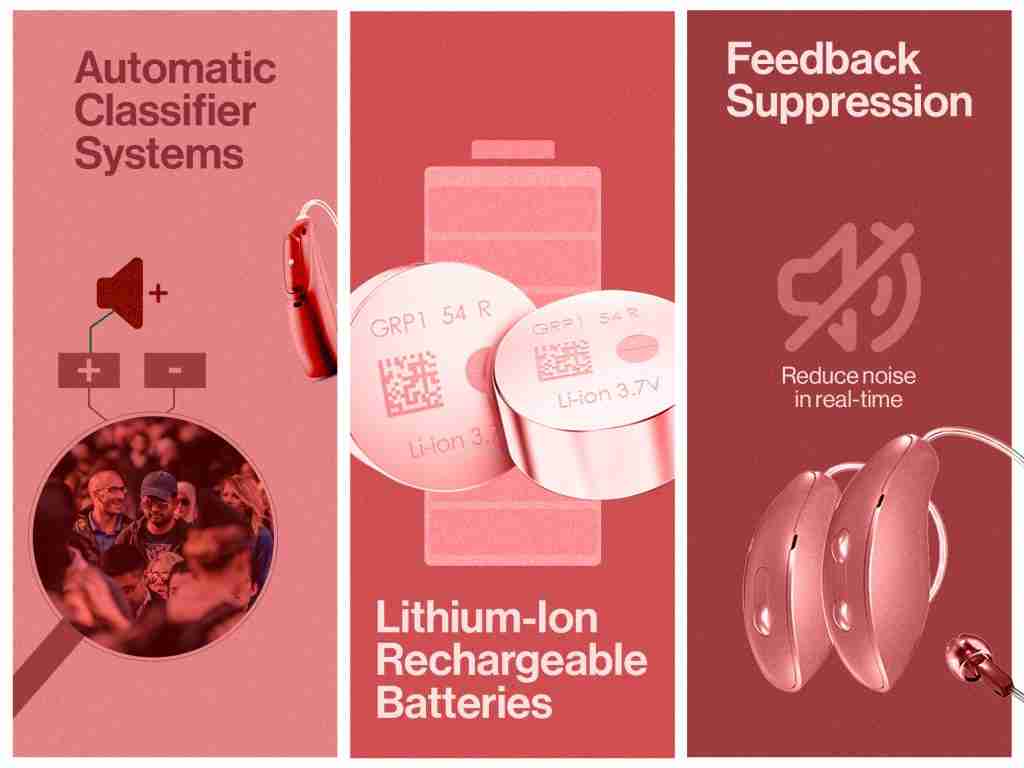
4
Automatic Classifier Systems: The automated Classifier Systems is an advanced technology that is used in the modern hearing aids to recognise different sounds in your surroundings and adjust their settings accordingly. This means that the hearing aid does all of the setup and volume adjustment for you. For instance, Widex Moment hearing aids have up to eleven sound options, but Phonak Lumity’s AutoSense OS 6.0 offers six. Studies show that these smart systems make better adjustments than people do on their own. Whether you’re in a quiet room or a noisy cafe, your hearing aid instantly adapts, helping you hear more clearly without any effort.
5
Lithium-Ion Rechargeable Batteries: Modern hearing aid comes with advanced technology which makes the batteries long lasting, faster charging, and are more dependable. You can get up to three more hours of usage with a quick 15-minute charge. On a single charge, some models, like Starkey Edge AI and Signia hearing aids, can run for many days. Nowadays many chargers have magnets to help align the hearing aids into place, making charging easier, especially for those with shaky hands or vision problems. With these improvements, you don’t have to worry about running out of battery or struggling with tiny parts. Just simply charge it and enjoy crystal clear sound all day.
6
Feedback Suppression: Modern Technology has made it possible to reduce the annoying whistling sound that sometimes happens when sound leaves your ear and bounces back to your hearing aid’s microphone. With this technology hearing aids can increase sound levels without making you feel uncomfortable. Furthermore, it maintains the ear canal open, avoiding obstruction and excessive vocal loudness. Hearing aids like Odon Intent and Starkey Edge AI are known for their excellent feedback suppression. As a result, you may experience better hearing, more natural conversations without interruptions. Now no more whistling or buzzing sounds, just a pleasant and comfortable sound.
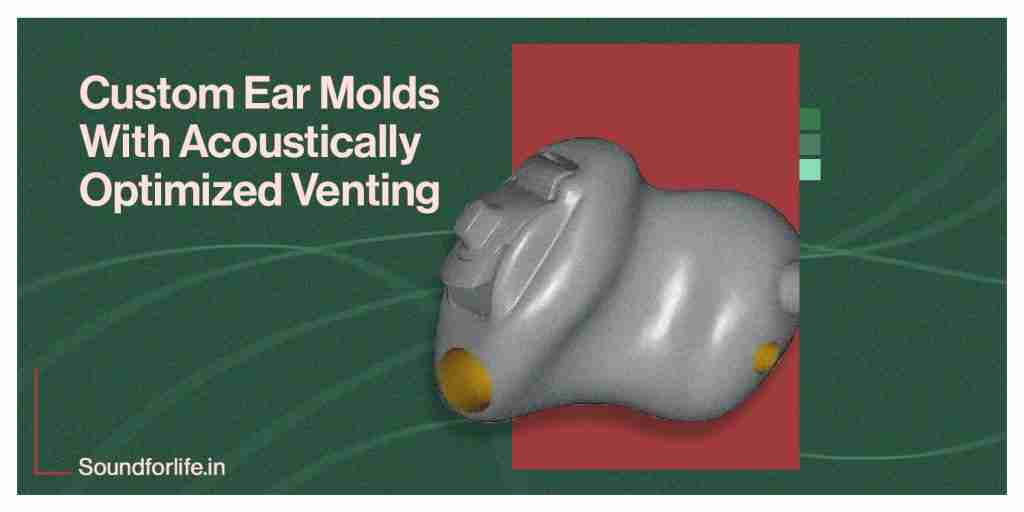
7
Custom Ear Molds with Acoustically Optimized Venting: Custom ear molds provide optimal sound control inside the ear canal. Acoustically optimized venting allows for proper amplification without completely plugging the ear, ensuring both audibility and comfort. Custom ear molds are designed specifically for an individual’s ear shape, offering better comfort and retention. Therefore, a tailored earmold can make a less expensive hearing aid work better than a high-end one. 2025 is a great year to investigate new hearing aids because companies like Phonak, Signia, and Resound are implementing many of these features.
The Future of Hearing Aids: What’s Next?
Hearing aid technology is advancing faster than ever, and in the years to come even bigger advancements are expected. Upcoming hearing aids could feature incredible innovations like holographic sound, brain-controlled adjustments, and even direct connections to the brain. These developments might make hearing entirely natural.
Hearing aids in 2025 are already creating a huge difference in people’s lives. Hearing aids with the advancement of technology come along with intelligent features that connect to your device, reduce background noise, and improve sound clarity. Whether you are struggling with hearing loss or just want to enhance your hearing, these technologically advanced devices make everyday life easier and more enjoyable. Today’s modern devices come with smart features that give better sound quality, more comfort, and that blend in well with your everyday routine. They automatically adjust to your needs, so you don’t have to struggle with background noise or unclear speech anymore. If you’ve been considering upgrading your hearing aid, now is the perfect time .

